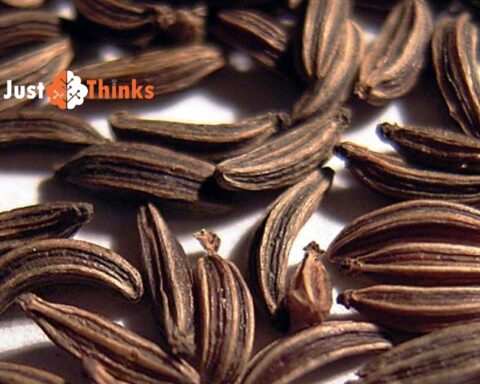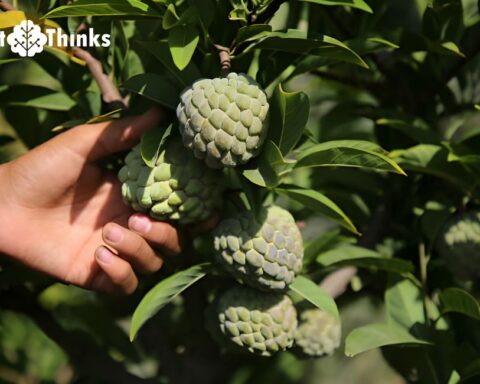Introduction
Begin with an engaging hook that introduces canary melons as a refreshing and nutritious option for summer. Mention that the article will serve as a comprehensive guide to understanding, selecting, and enjoying canary melons.
What Are Canary Melons?
Canary Melons
Introduce canary melons, detailing their characteristics such as their bright yellow exterior, sweet taste, and creamy texture. Compare them briefly to more common melons to give readers a point of reference.
Spanish melons
Canary melons, also known as “Spanish melons” or “Juan Canary melons,” are a type of muskmelon that are distinguished by their bright yellow, smooth rind and elongated shape. They are named for their vibrant canary-yellow skin, which makes them easily recognizable. Inside, the flesh of a Canary melon is pale green to white, with a texture that is tender and juicy, yet slightly firmer than that of a honeydew melon. The taste of Canary melons is sweet and slightly tangy, with a refreshing flavor that is often described as a mix between a honeydew melon and a pear.
Summer Canary Melons
Canary melons are typically available in the summer months, making them a popular choice for seasonal fruit salads, desserts, and refreshing snacks. They are not only prized for their delicious taste but also for their nutritional content. Like other melons, Canary melons are low in calories and contain no fat or cholesterol. They are a good source of dietary fiber, vitamin C, and potassium, making them a healthful addition to any diet.
In terms of selection
The Origin of Canary Melons
Discuss the origins of the canary melon, highlighting its roots in Asia and how it has become popular worldwide. Include historical uses and any cultural significance.
The origin of Canary melons traces back to various regions of Asia, where they have been cultivated for centuries. While the precise geographic origins are somewhat nebulous, it’s generally accepted that these melons, like many other melon varieties, have their roots in the warm, temperate, and subtropical zones of this continent. Over time, their cultivation spread to other parts of the world, including Europe, North Africa, and eventually to the Americas, thanks to trade and exploration.
The name “Canary” does not, contrary to what one might assume, indicate a connection to the Canary Islands. Instead, it refers to the bright, canary yellow color of the melon’s rind. This distinctive coloring and the melon’s sweet, refreshing flavor have contributed to its popularity and spread across the globe.
Canary melons are part of the Cucumis melo species, in the Inodorus group, which also includes honeydew and casaba melons. This group is known for its sweet, mildly flavored fruits with smooth to slightly netted skins. The Canary melon’s adaptation to various climates has allowed it to become a favored crop in many countries, particularly those with warm, sunny growing seasons.
Nutritional Benefits
Outline the health benefits of canary melons, including their low calorie content, high water content, and richness in vitamins and minerals. Explain how they can be a perfect addition to a healthy diet.
How to Select and Store Canary Melons
Provide readers with practical tips on selecting the perfect canary melon at the market, such as what signs to look for in terms of ripeness and quality. Offer advice on storing canary melons to maintain freshness.

How to Eat Canary Melons
Share a variety of ways to enjoy canary melons, from eating them raw to incorporating them into recipes. Suggest creative ideas like salads, smoothies, and desserts.
Recipes Featuring Canary Melons
Include a couple of simple, refreshing recipes that highlight the flavor of canary melons. Each recipe should be easy to follow and require minimal ingredients.
Where to Find Canary Melons
Discuss the availability of canary melons, including the best season to buy them and how to find them in local markets or specialty stores. Offer tips for sourcing them outside of their peak season.
Conclusion
Conclude with a brief summary of the key points covered in the article. Encourage readers to explore the refreshing taste of canary melons and experiment with them in their cooking.
Call to Action
Invite readers to comment with their own experiences, favorite recipes, or any questions they might have about canary melons.






